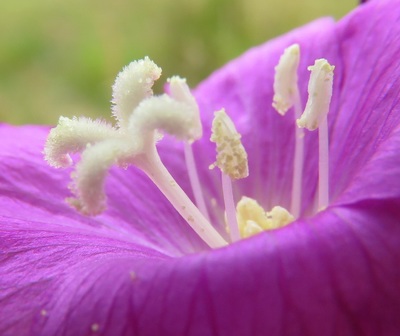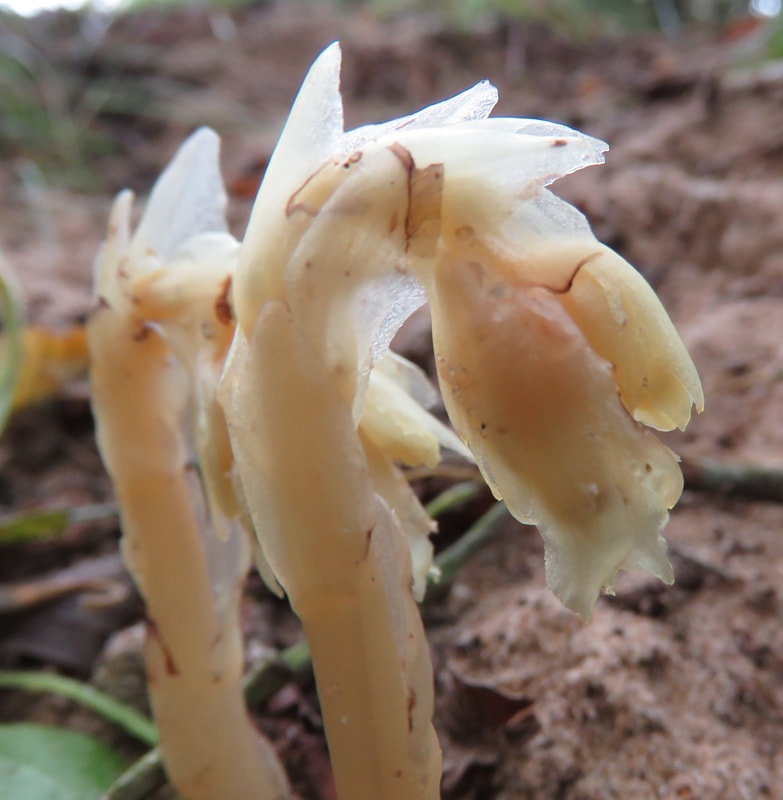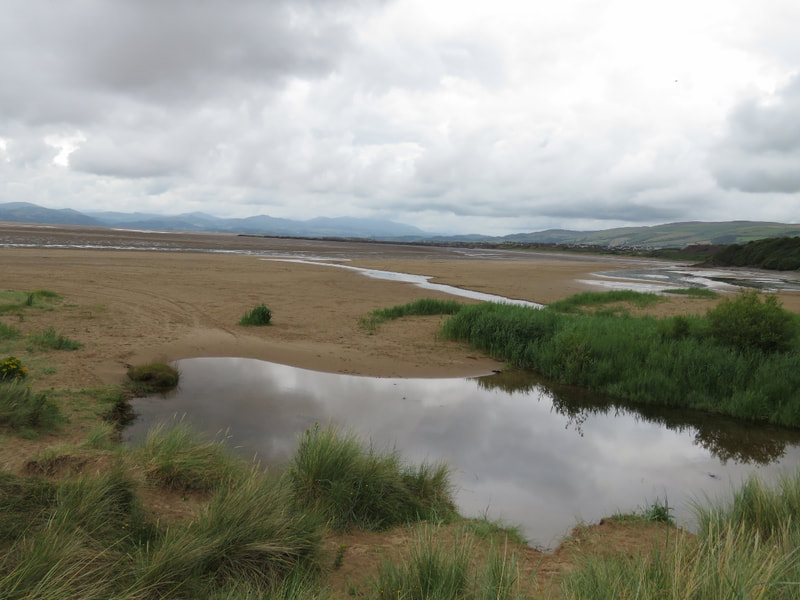 Large white butterfly and bee
Large white butterfly and bee February 2019. On two occasions we were guided by Neil Forbes, National Trust Reserve Warden. Seeking out natterjack toads, holding them, requires a licence. So for Neil but not for us. He also found for us the rare yellow bird's nest. At the time, I was writing Cumbrian Contrasts, gathering images for a chapter on The Duddon Estuary. And as you see I was enjoying macro photography. I was looking at flowers and pollinators and the complex signals they transmit to each other which my book explores.



















 RSS Feed
RSS Feed